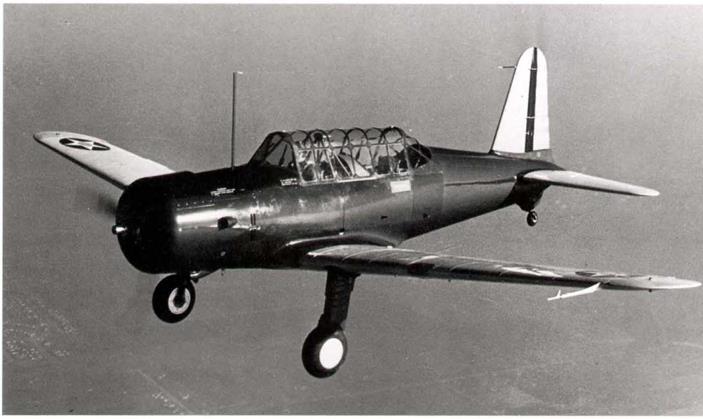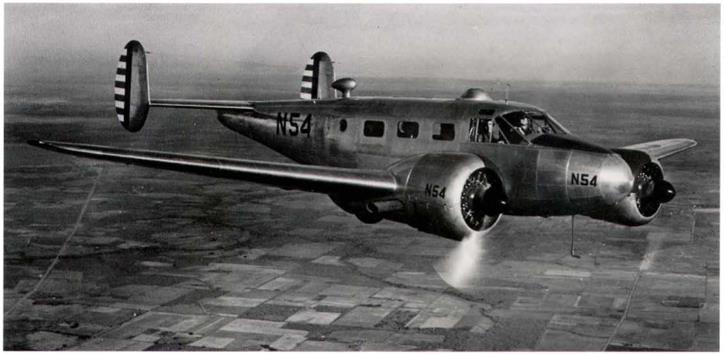CHANGES AND REVISIONS TO AIRCRAFT MARKING, INSIGNIA AND CAMOUFLAGE AFTER THE FORMATION OF THE USAAF
Radio call numbers replace aircraft designators, August 1941
A major change in USAAF markings for its aircraft introduced the now familiar radio cal! number painted on the vertical tail surfaces. Shortly after the revised April 8,1941, issue of T. O. 07-1-1 came out, the Air Corps Inspection Division recommended that the specified airplane designators should be replaced by the airplane radio call (i. e. the aircraft serial number). It was suggested that this should be painted in large figures in a conspicuous place on the airplane, such as on the fin or the side of the fuselage. Meanwhile, the Training and Operations Division had also recommended that the number should be painted on the vertical fin at the factory, as this would be easy and the number would also serve as the manufacturer’s identification.
Both of these recommendations were approved by the Chief of the USAAF in a teletype to Maintenance Command on August 22, 1941.
The radio call number was made up of the last digit of the fiscal year of procurement, followed by the Army Air Force serial number. For example, Boeing B-17E, serial number 41-2393 would have the radio call number 12393 painted on the vertical tail.
Another change was that the new designator was to be painted on by the manufacturer at the factory, whereas previously, airplane designators had been painted on by the service units concerned.
Each Army Air Force airplane (including training types), regardless of whether equipped with radio, was to be identified. The call numerals composing the airplane designator were to be of the vertical block type, the width two-thirds of the height and the strokes approximately one inch (2.54 cm) wide for every six inches (15.24 cm) of height. The distance between the letters was to be equal to half the width of a letter.
![]()
|
|
|
|
|
|
|
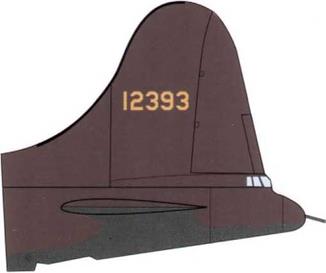
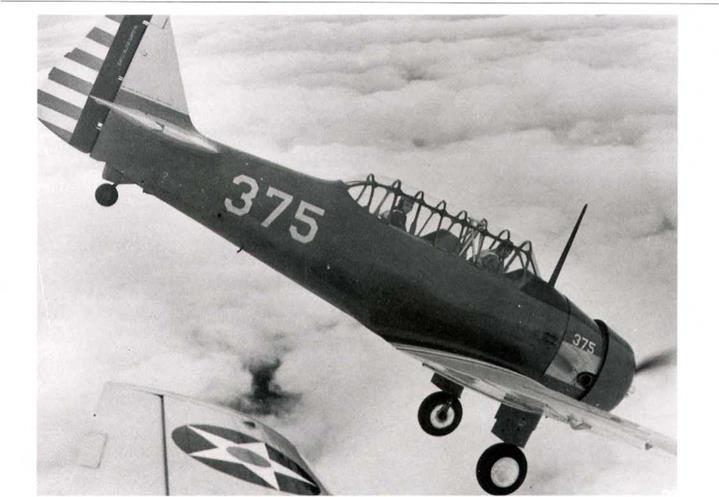
|
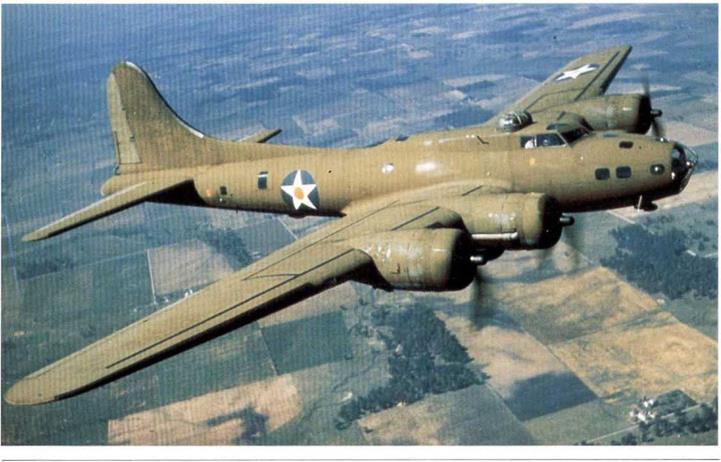
Three North American BT-14s show the underwing markings, with the two eocardes and “U. S.ARMY” lettering. (March AFB Museum)
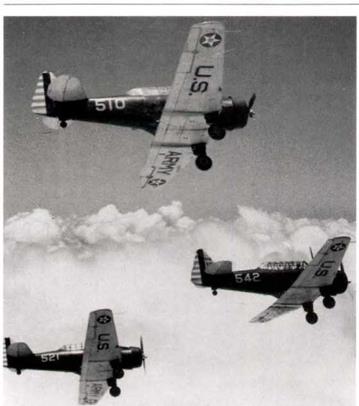 Due to the varied sizes and configurations of Army Air Force airplanes, it was impractical to specify a standard height of letters that would meet she requirements for all airplanes. In general, the height of the numerals was such as to make the designator readily discernible from a distance of approximately 150 yards (137 m). The numerals comprising the designator were to appear in one line painted in a centrally located position.
Due to the varied sizes and configurations of Army Air Force airplanes, it was impractical to specify a standard height of letters that would meet she requirements for all airplanes. In general, the height of the numerals was such as to make the designator readily discernible from a distance of approximately 150 yards (137 m). The numerals comprising the designator were to appear in one line painted in a centrally located position.
For airplanes not camouflaged, the designator was to be on each side of the vertical stabilizer. If there was more than one vertical stabilizer, the designator was to appear on the left exposed side of the left-hand stabilizer and on the right exposed side of the right-hand stabilizer.
On camouflaged airplanes, the designator was to be the same as above, except that the necessary area of both the vertical stabilizer and the rudder was to be utilized. If there was insufficient area on the vertical stabilizer or on the vertical stabilizer and rudder combined, the numerals could be placed on the sides of the fuselage.

Black numerals were to be used against a light background – in the case of camouflaged airplanes, black Shade 44 of Bulletin No. 41. Yellow was to be used against a dark background, A-N orange-yellow for uncamouflaged airplanes or Identification Yellow, shade 48 of Bulletin No. 41, for camouflaged airplanes. (These radio call numbers remained in use throughout the life of the USAAF and continue to be used by the USAF at time of writing).
|
Beech AT-7 navigation trainer (the Army’s first) was an adaptation of the C-45 transport. First ordered in 19-41,577 of this variant were built. Natural metal finish to Spec. 24113-A. (USAF) |
The recommendation to have the radio call number painted on by the manufacturer was carried out by an order issued to contractors by the Prod. Eng. Sect, in November 1941. This specified that the airplane designator was to be painted on the aircraft prior to delivery, providing only that there was to be no additional cost to the government or delay in delivery of the aircraft.











